
The Trump Trans Ban: what you need to know
The U.S. Supreme Court has given the green light to the partial ban of transgender people in the military, in a deeply divisive decision for the body.
From the beginning of his administration, President Donald Trump has called the transgender military "a disturbance" and a "great medical cost" for the government.
His statements seemed to be more an echo of the positions of close advisors known for their antagonism toward the LGBTQ community, such as Vice President Mike Pence.
The Obama administration had previously granted transgender individuals the opportunity to join the army. The Supreme Court's decision addressed the capacity to serve of these more than 6,600 individuals.
This new prohibition was introduced by then-Secretary of Defense Jim Mattis who "issued a plan to bar from the military those who identify with a gender different from their birth gender and are seeking to transition," as the Washington Post recalled.
The proposal excluded those who were in active service as well as those who promised to serve "according to their gender of birth." A federal judge immediately blocked it.
Although the Pentagon promised to "treat its staff with respect and dignity" and that it was not a ban but "personnel policies determined to be necessary to ensure the most effective and lethal combat force in the world," gender identity discrimination was clearer than water.
On Tuesday, the Supreme Court of Justice further supported this.
RELATED CONTENT
However, the decision was not simple. In a body comprised of nine judges - 5 conservatives and 4 liberals - the ruling was handed down in line with these political leanings.
Although the Supreme Court's decision comes as a great victory for the Trump Administration and its conservative principles - especially at a time when regaining its voter base is critical for 2020 purposes - the judges have not yet decided whether they will directly “oversee a case on the trans ban.”
According to Vox, the Court "merely lifted some lower courts’ injunctions."
This means that the procedure through which the prohibition will be put into action is not yet defined - just that trials and lawsuits in lower courts can continue.
So far, "four district judges have already blocked the policy," USA Today reported, but the future of the hundreds of transgender recruits that have enlisted since 2018 is still unclear.


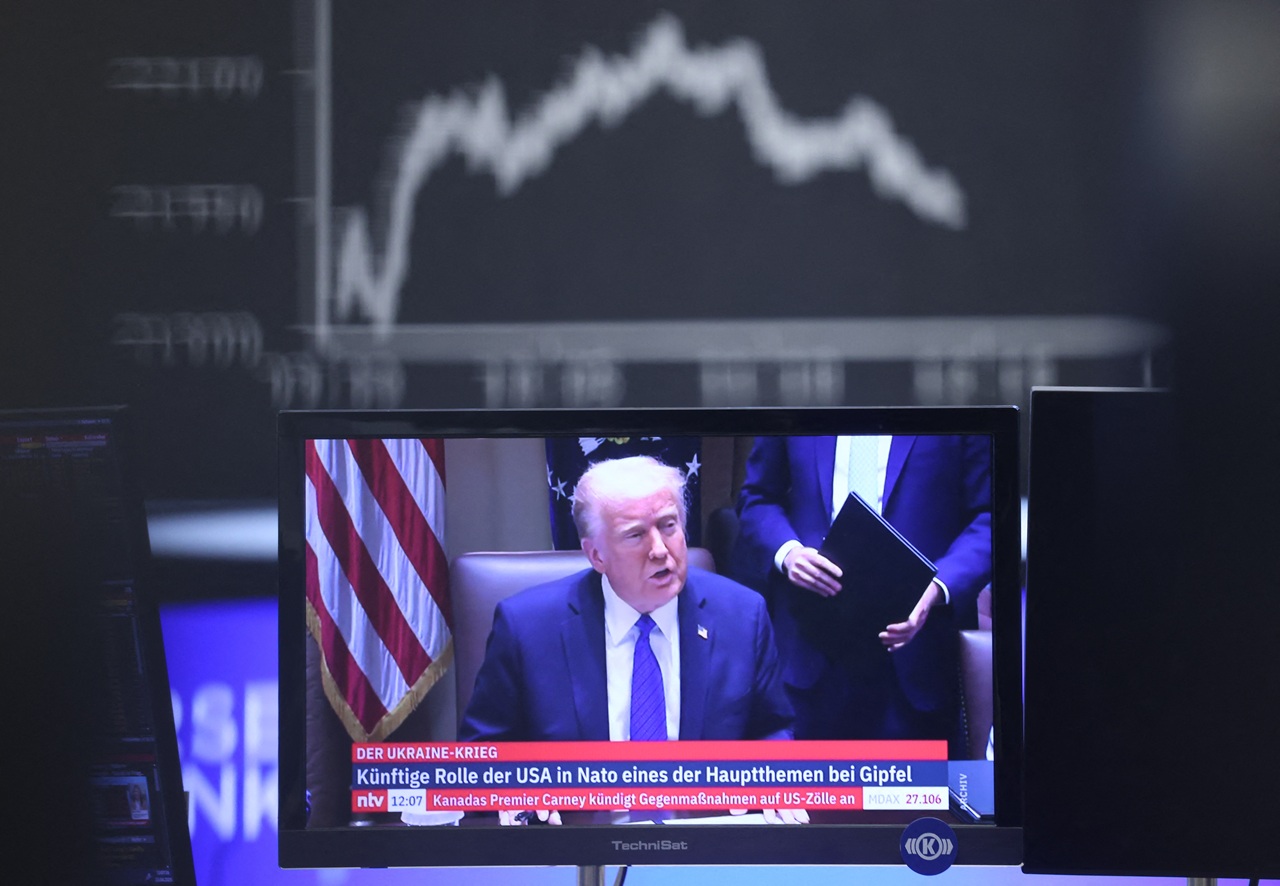
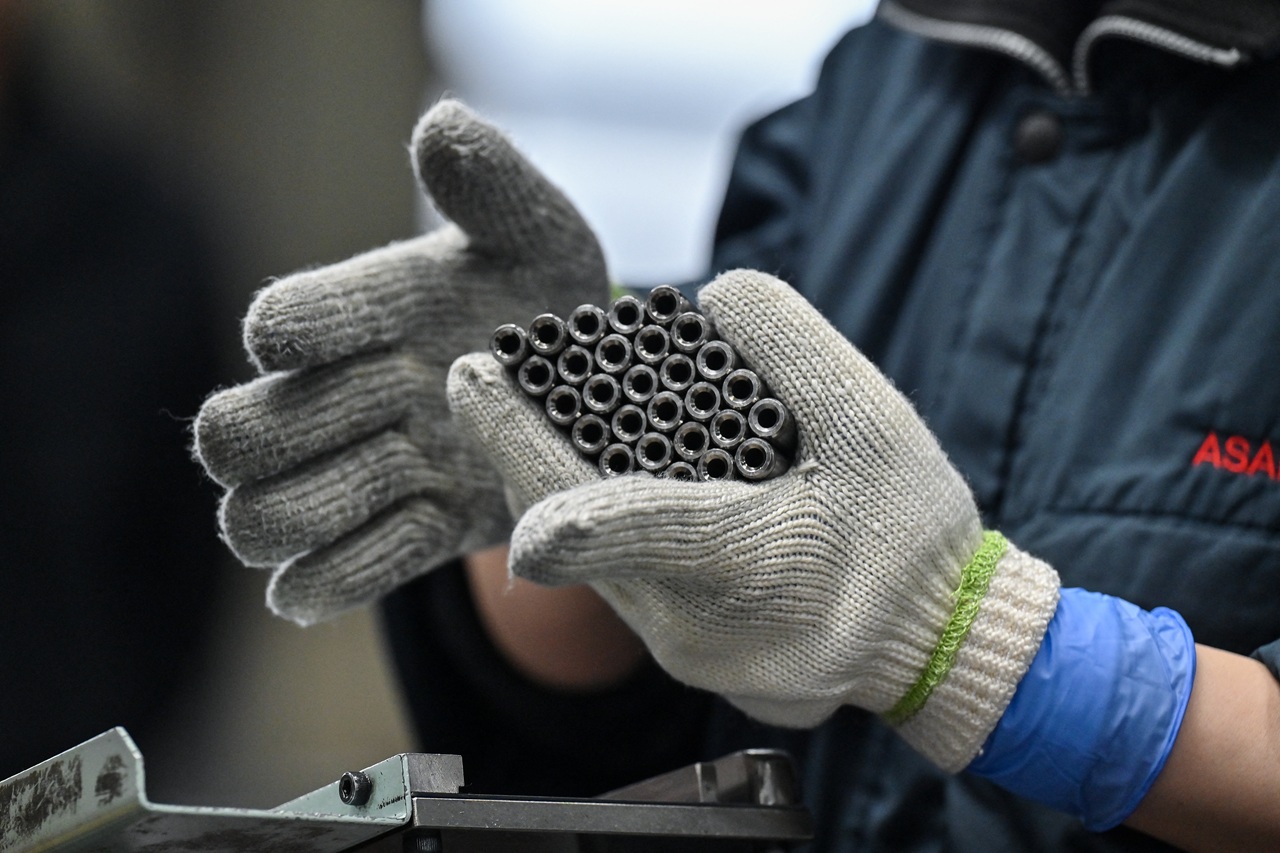
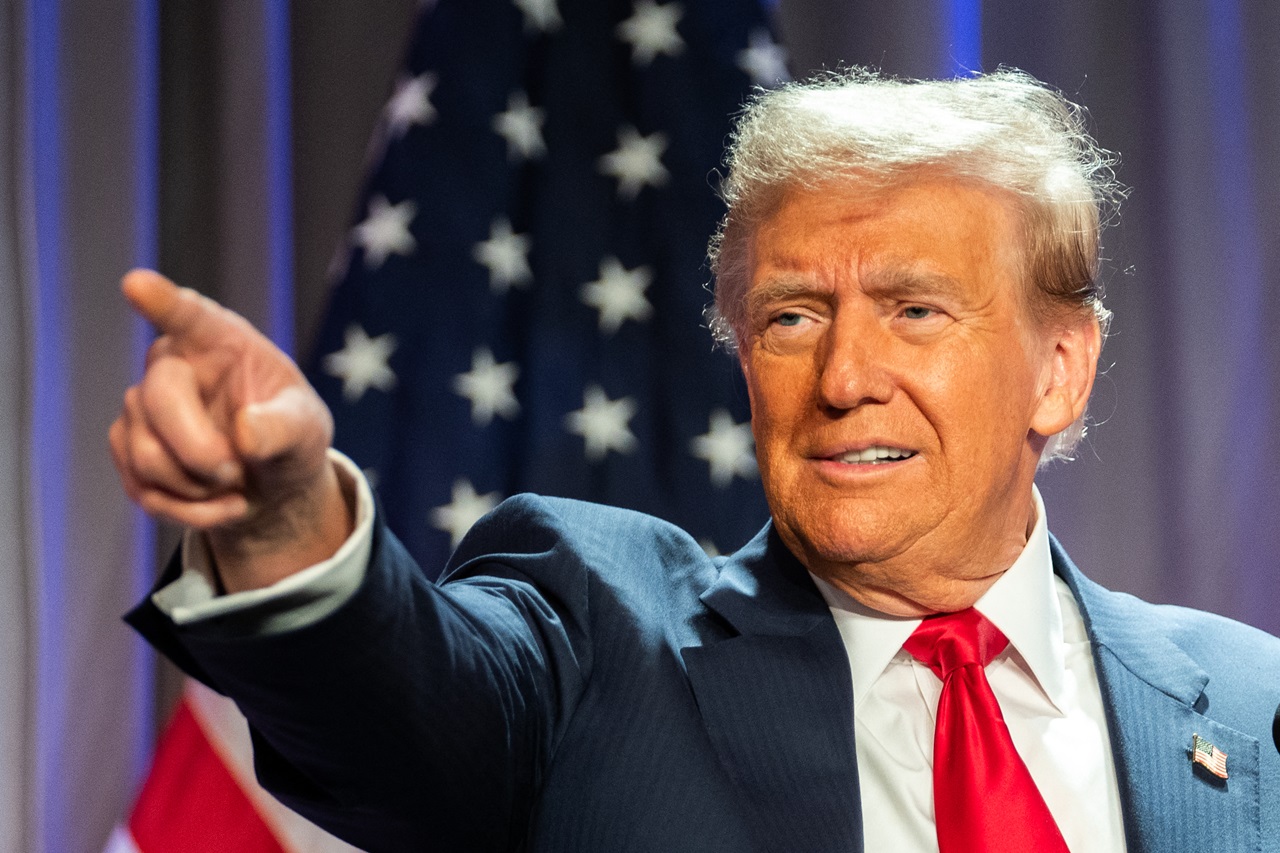


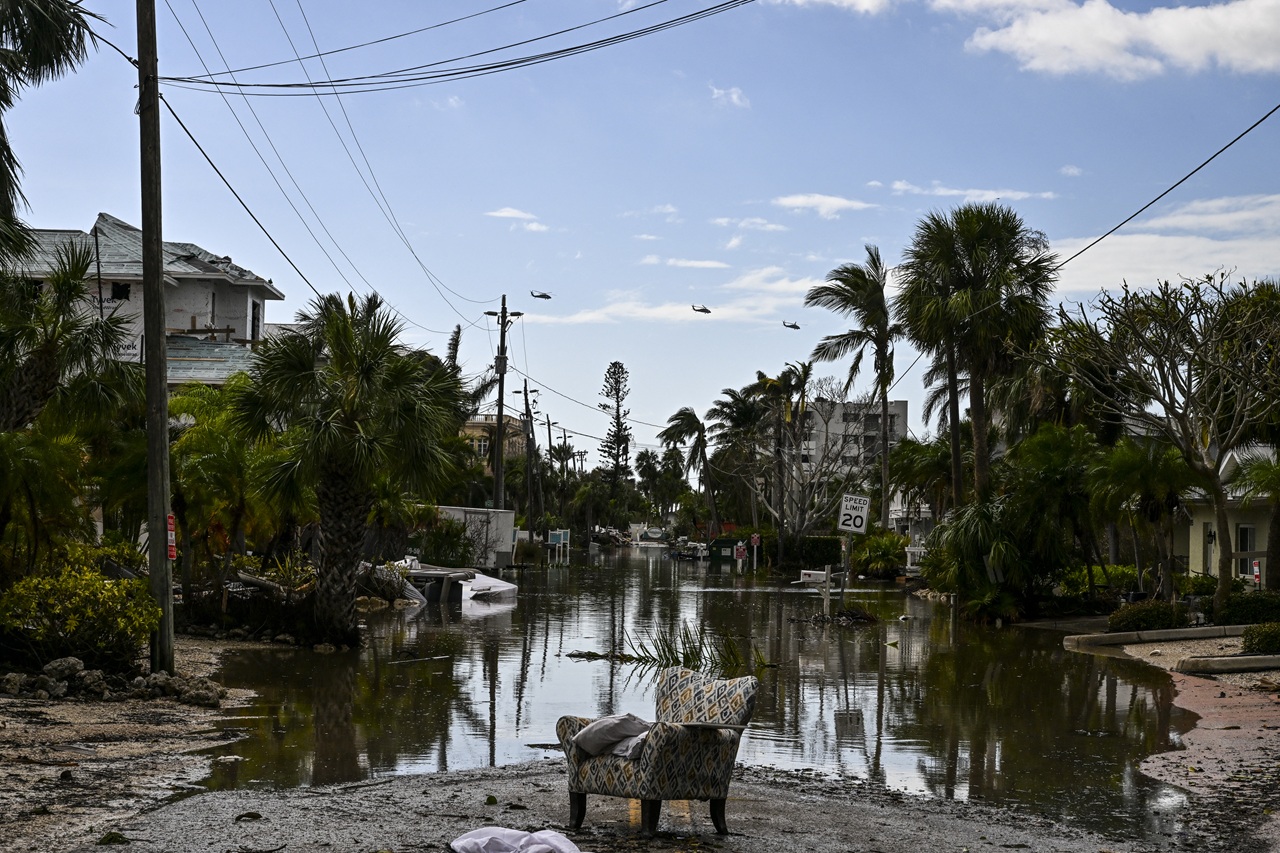

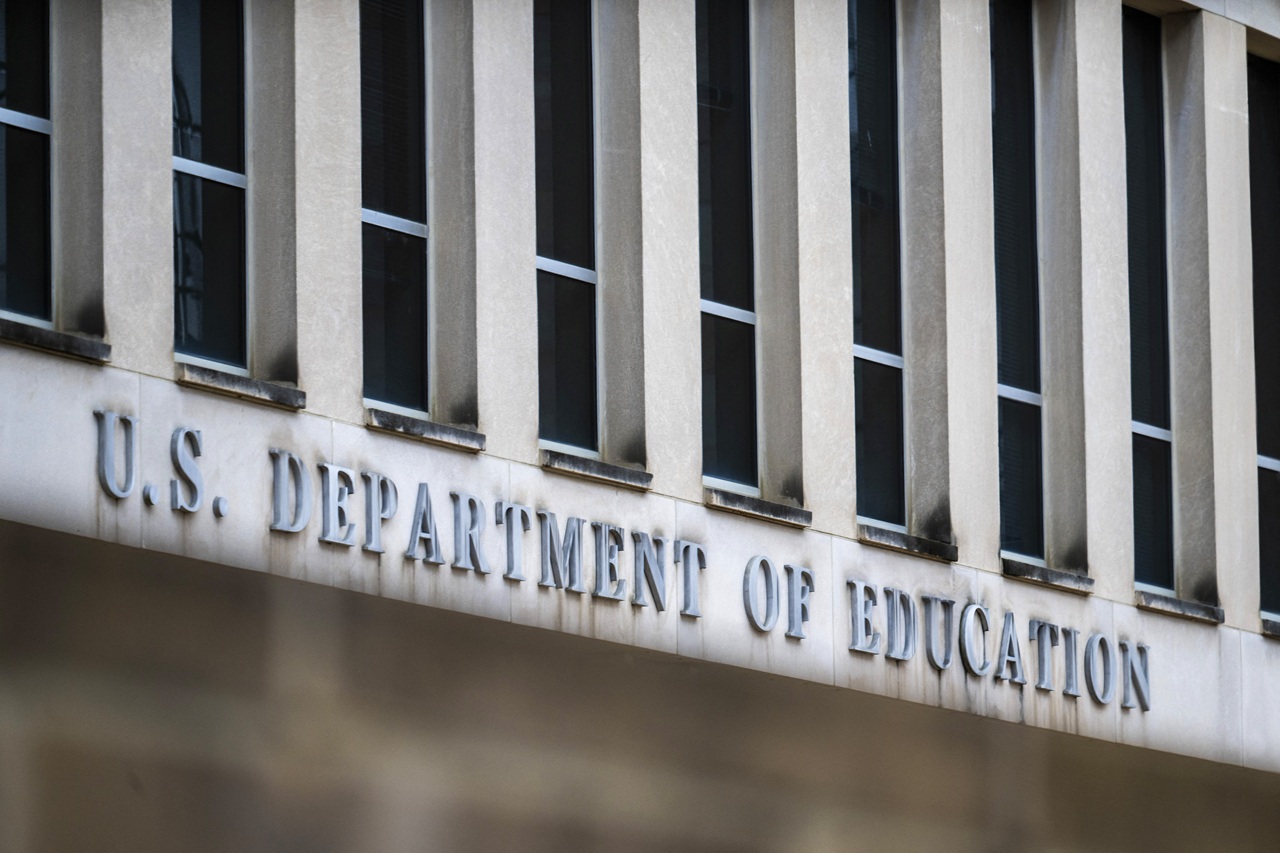

LEAVE A COMMENT: